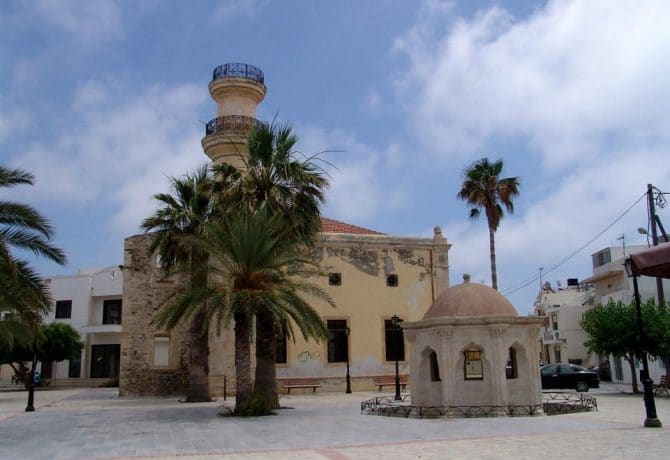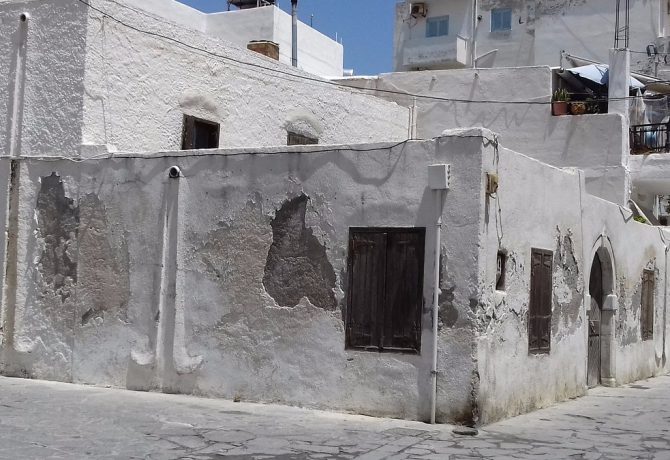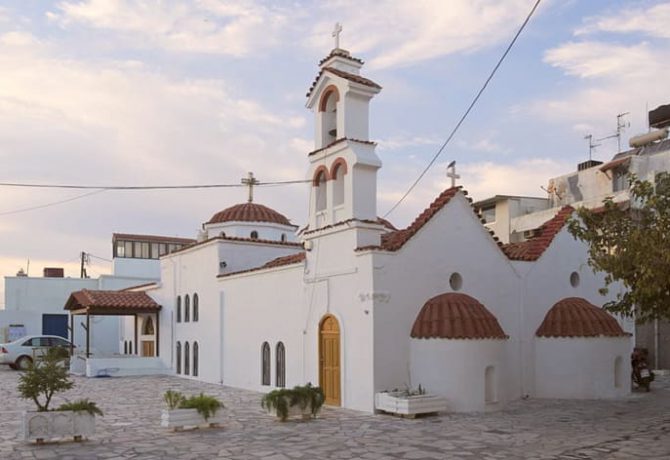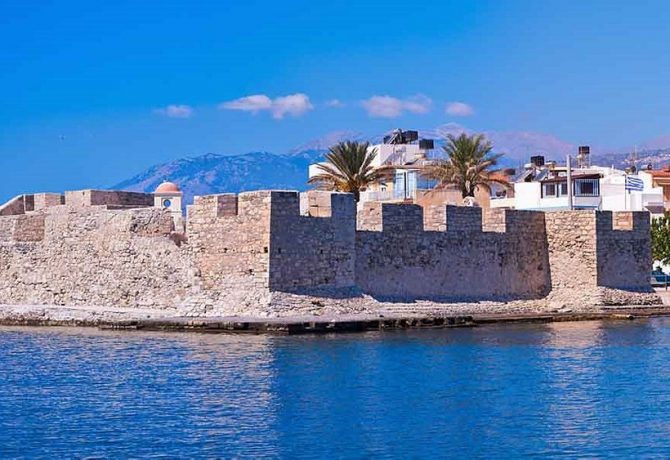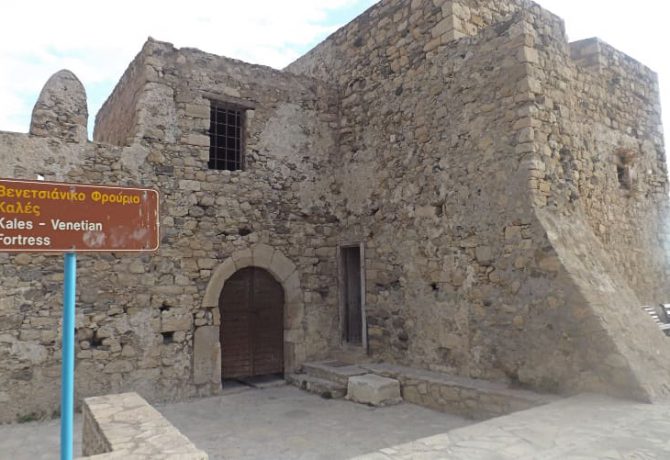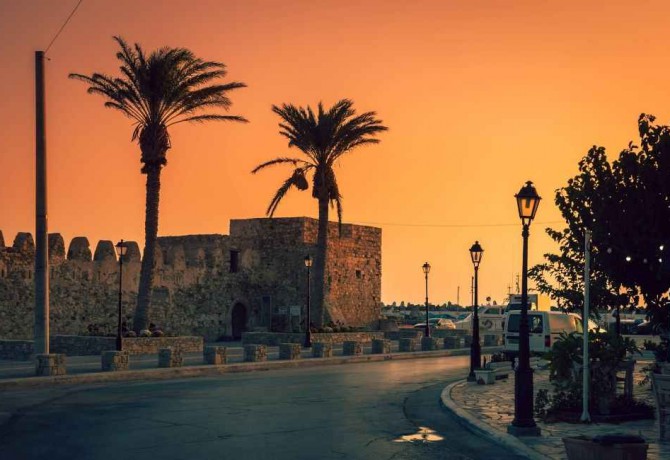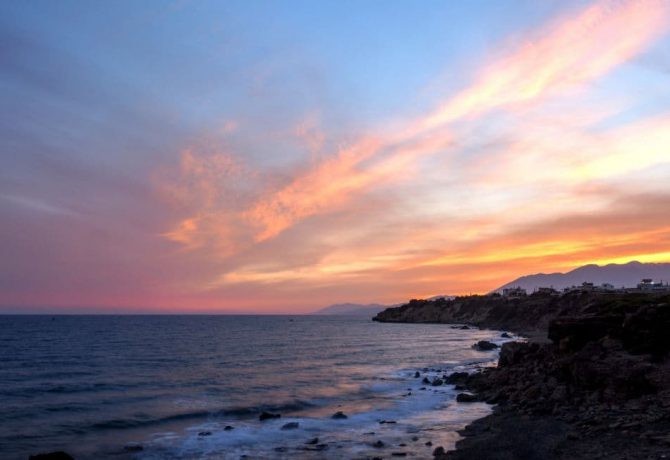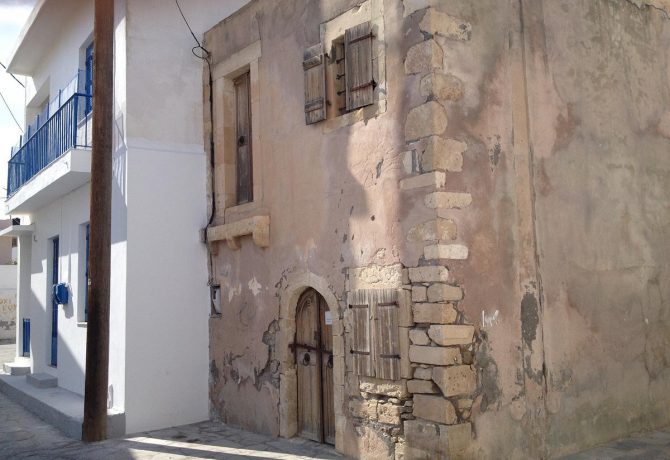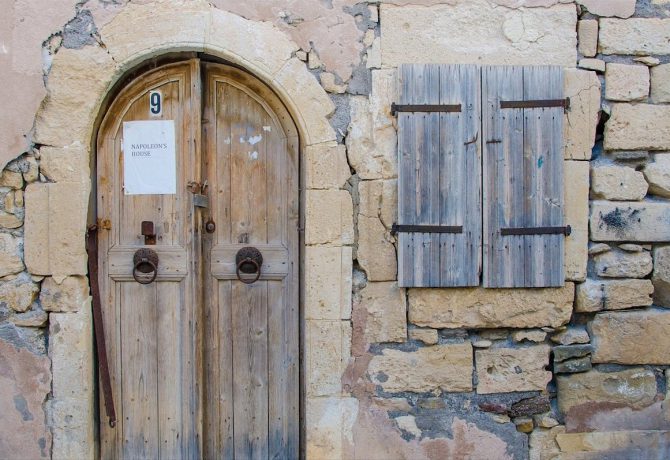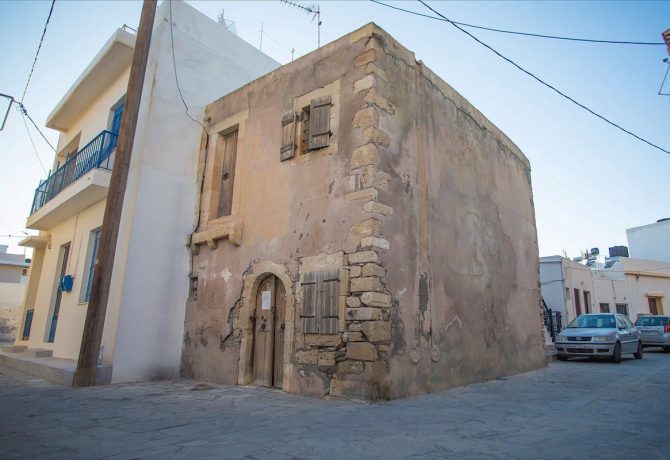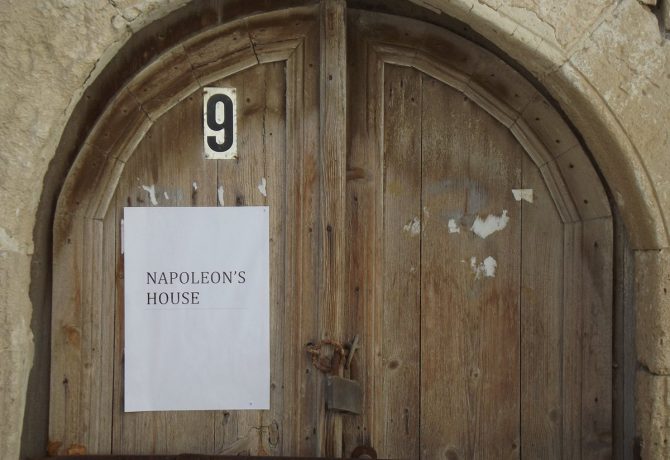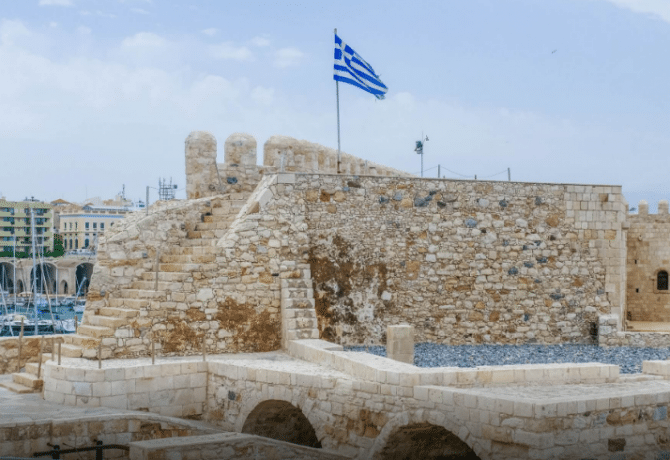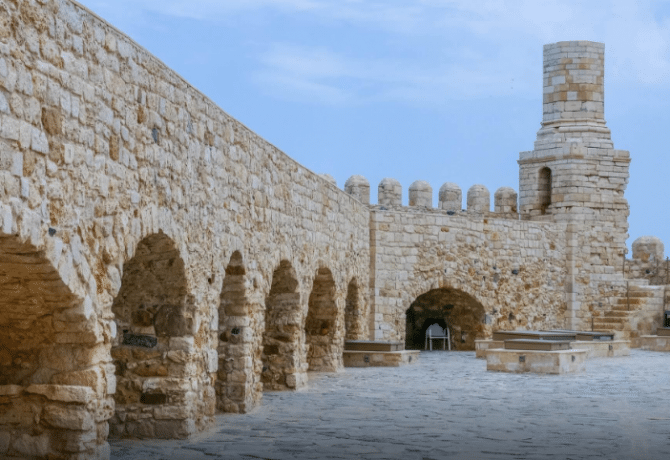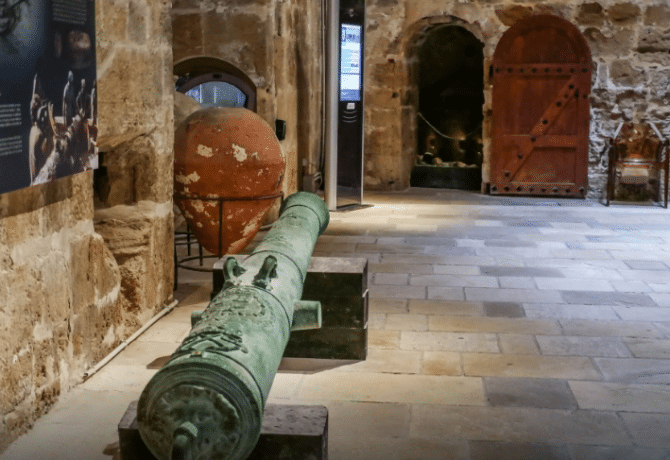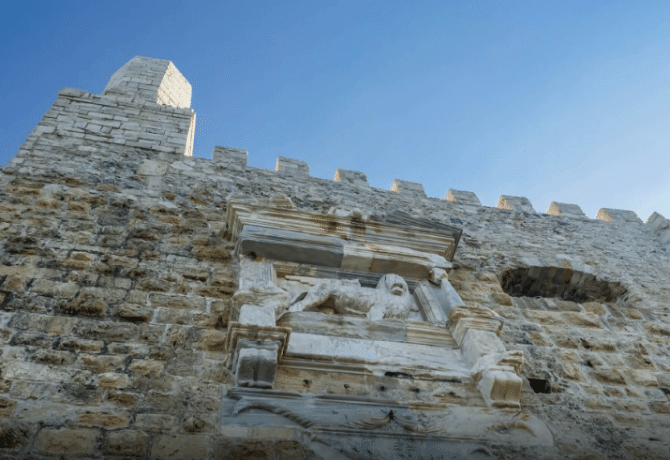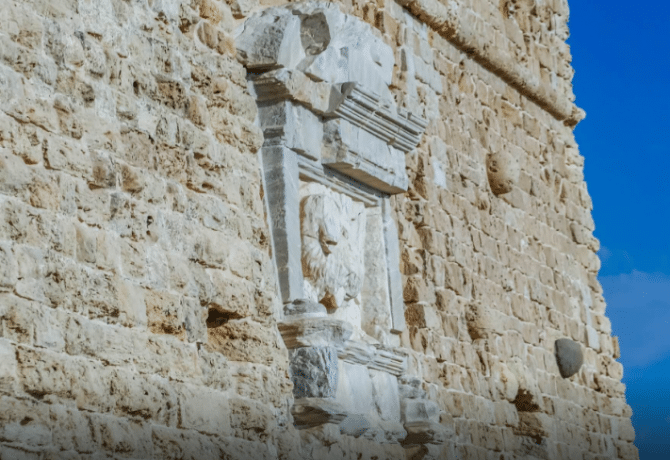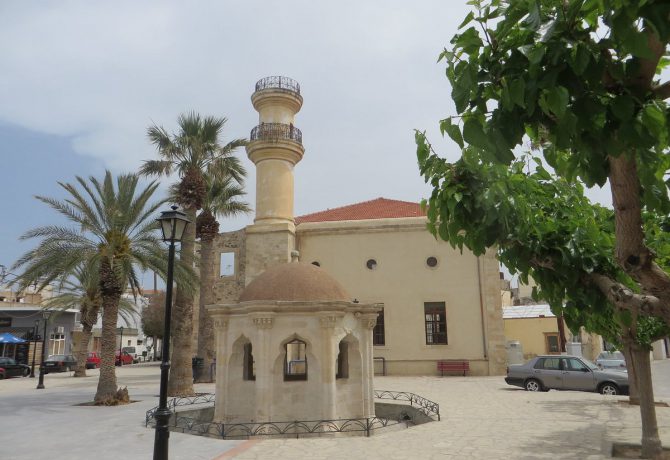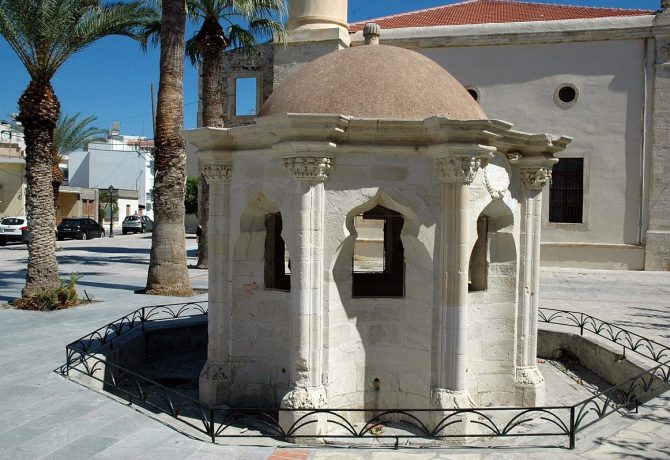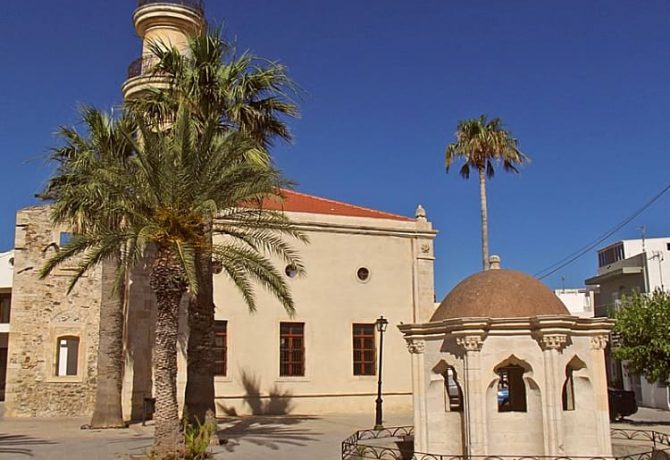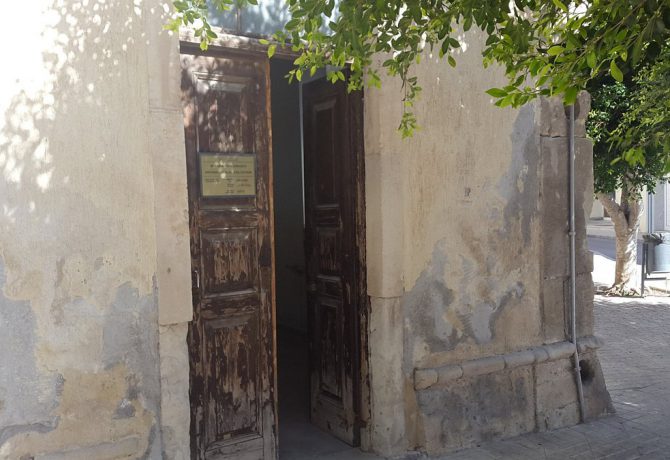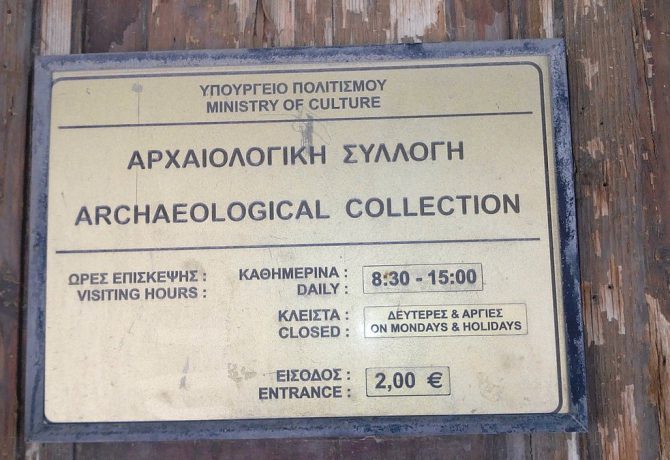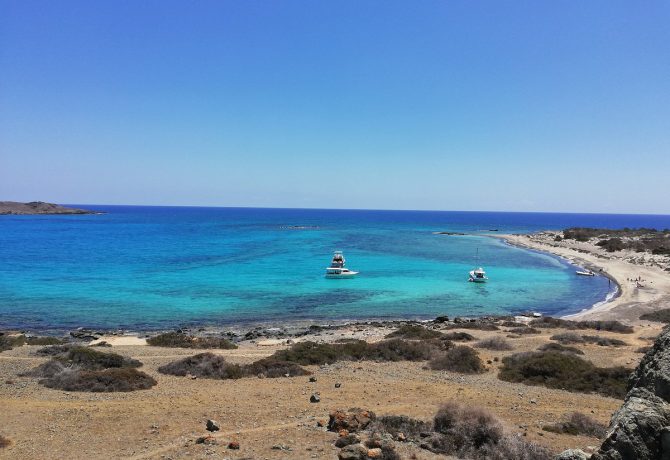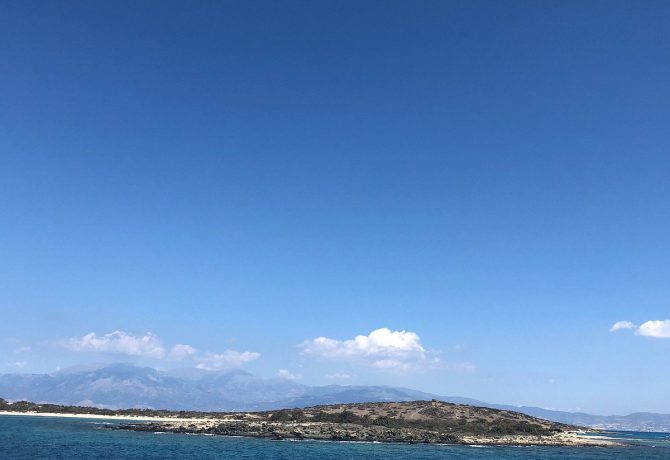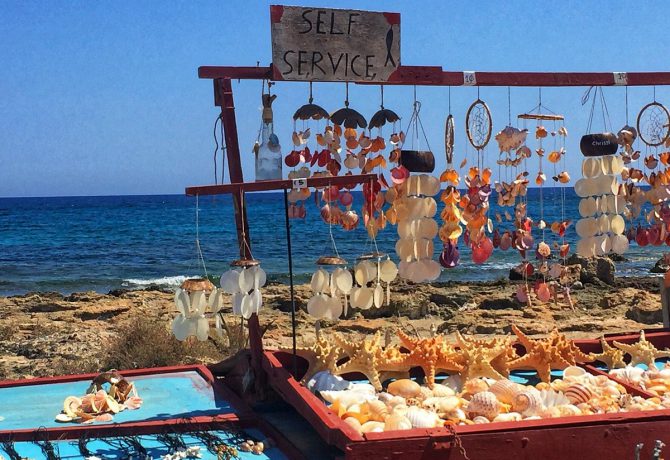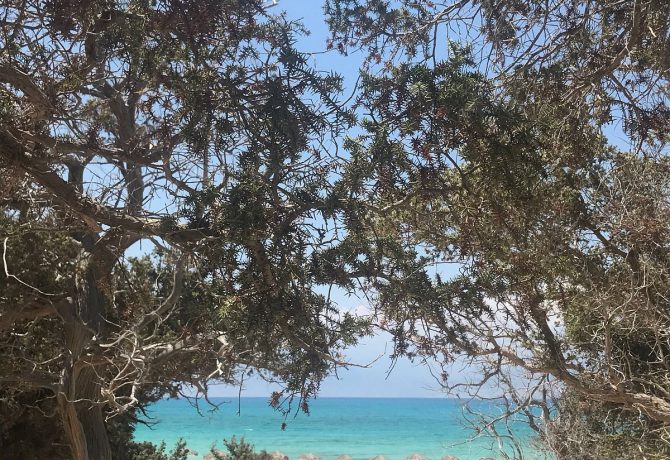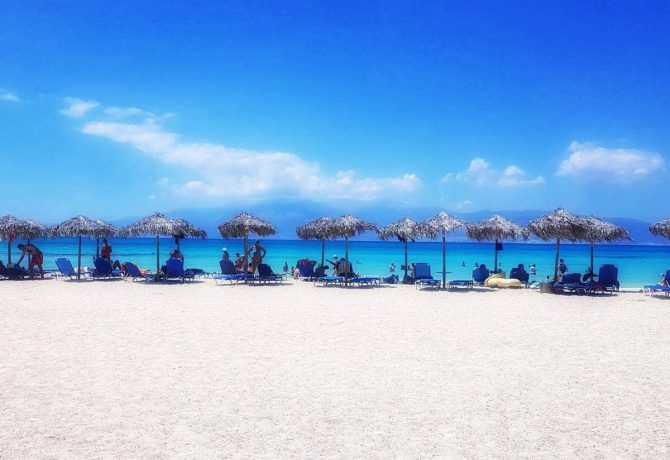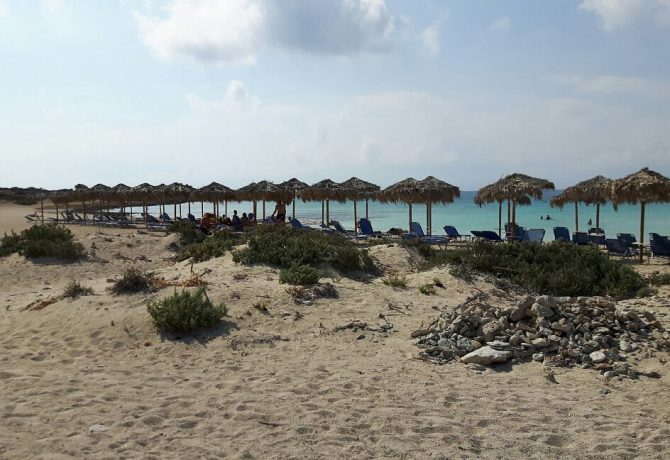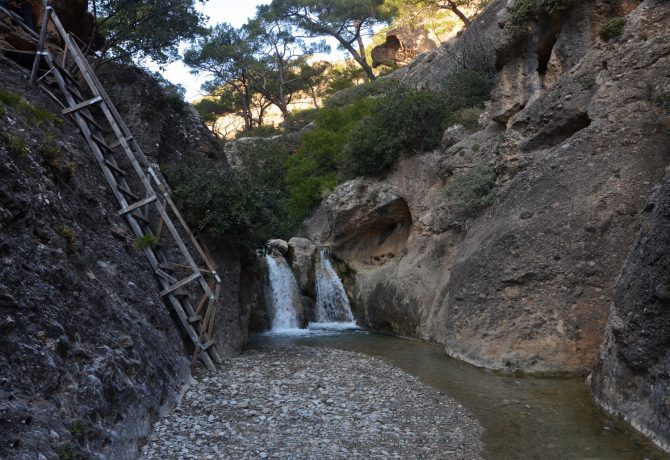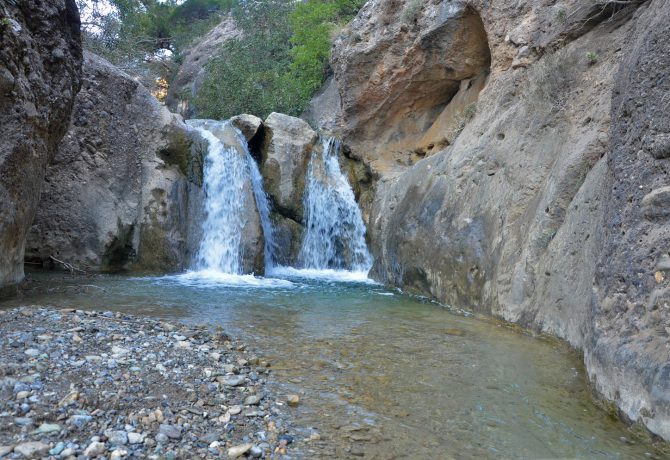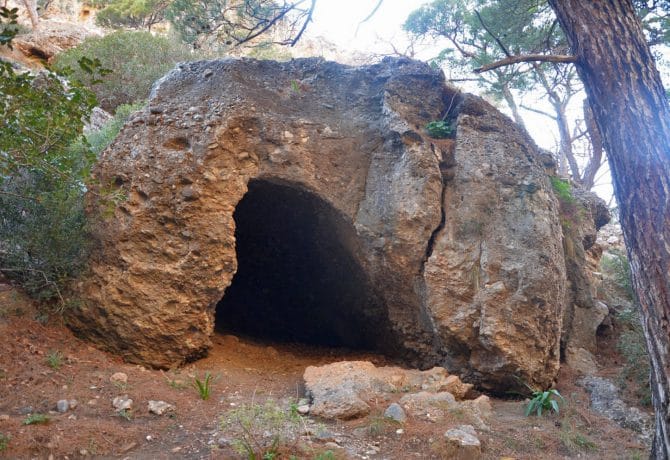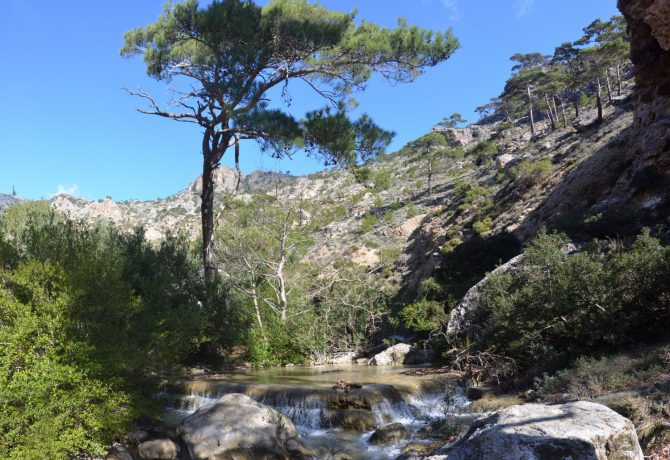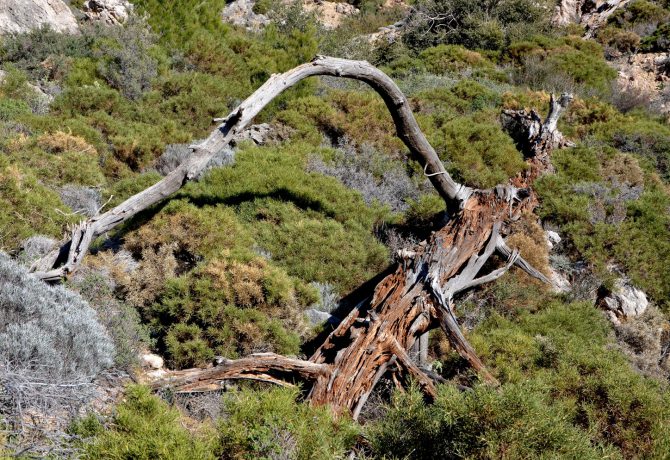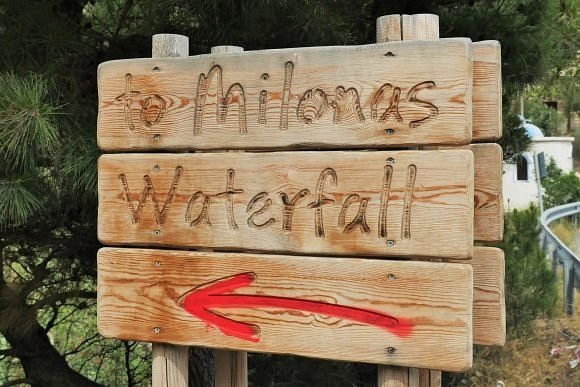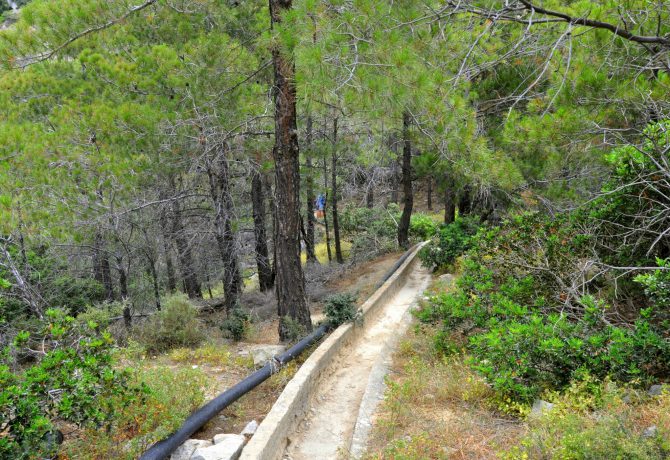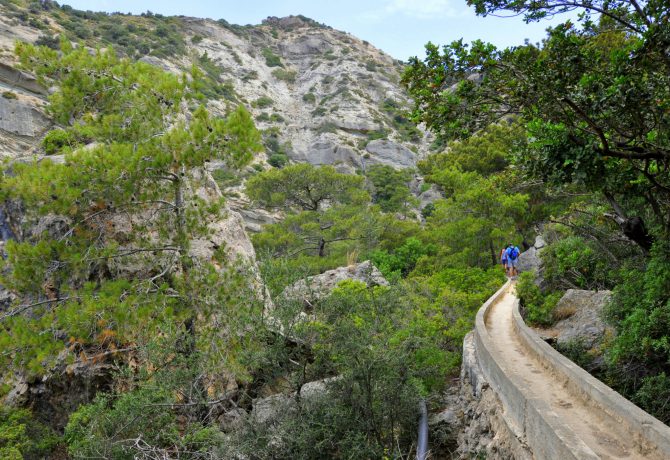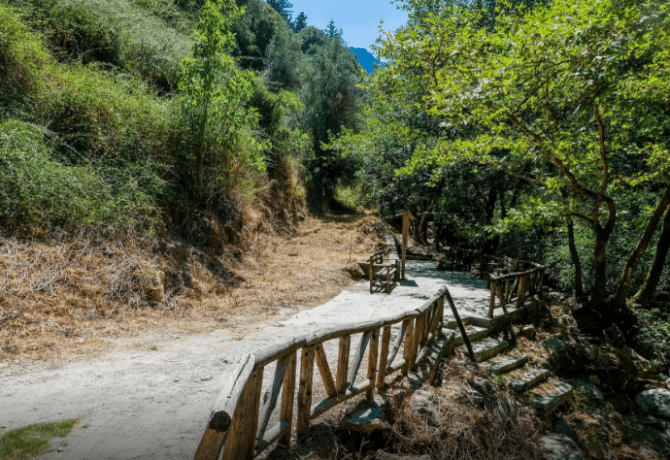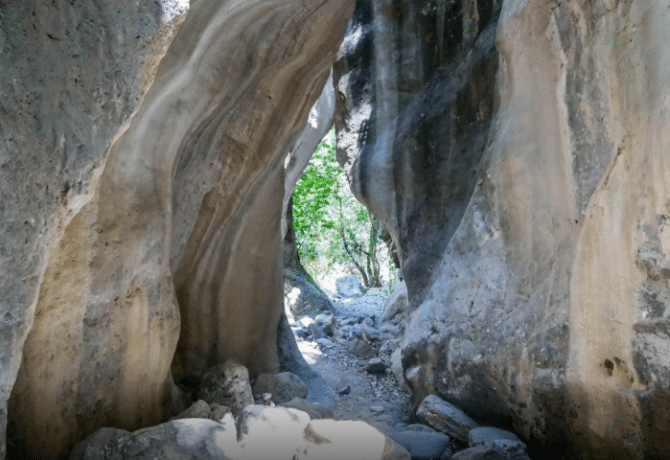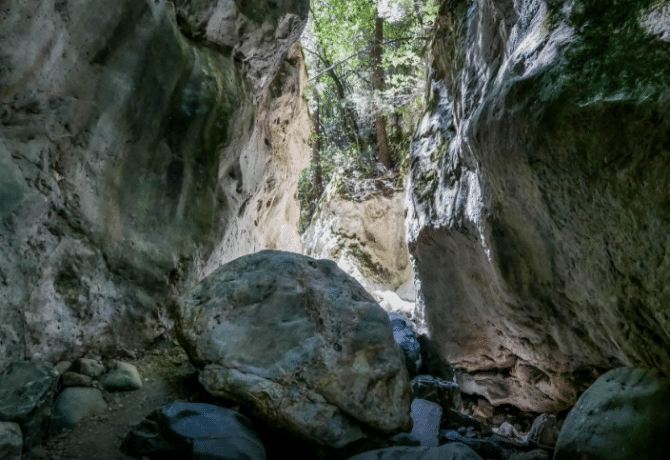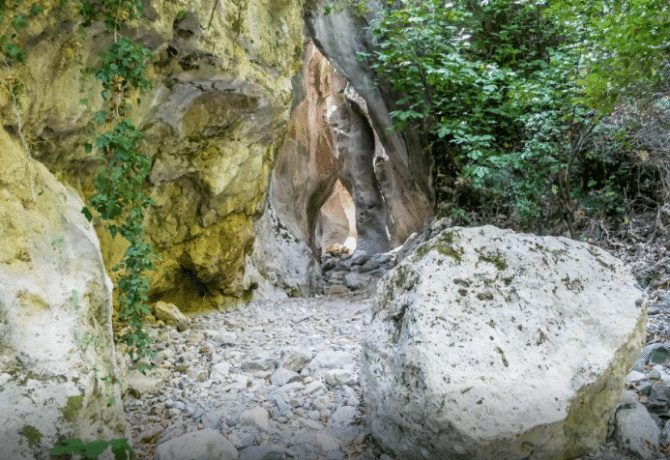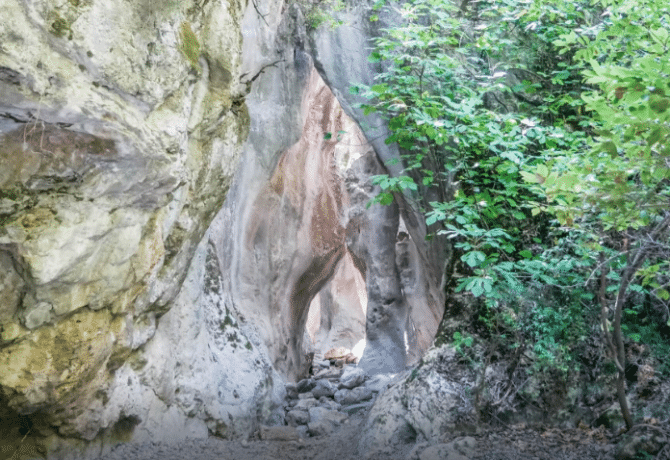The southernmost city of Crete and all of Europe is called Ierapetra. It is located on the coast of the Libyan Sea and has an ancient history. The population is just over 12,000 people, half of whom are engaged in agriculture, and the other half is gradually turning the former fishing village into a popular resort. In recent years, fashionable hotels, diverse taverns, services for the repair and rental of vehicles have appeared here. As for entertainment, here they are presented in full.
The city is divided into two parts. The Old District of Kato Mera is home to all the historical sites. The main shopping street is called Kundriotu. It is the center of business and tourist life. There is a municipality, two cinemas and a large number of boutiques and shops. It is best to immediately save money for shopping, because it will bring real pleasure to lovers of authentic products. The assortment includes natural cosmetics, local olive oil, souvenirs, textiles and much more. Free time from a beach holiday is recommended to spend on sightseeing local attractions.
Old Town
Acquaintance with Ierapetra should begin with a walk through the Old Town. Buildings with ancient architectural features have been preserved here. The history of the settlement dates back to the Minoan period. It was the largest port along with Knossos and other Cretan cities. The Romans brought their culture to the construction of houses and the port. Unfortunately, all this splendor was destroyed by the Arabs and rebuilt only in 829 for pirate needs. Today, the remains of a Roman harbor can be found along the coast. The city received a second birth during the reign of the Venetians. They built the fortress of Kules (1626), rebuilt houses and institutions. Much was redone during the Ottoman Period, in particular the mosque appeared.
A walk through the ancient streets of Ierapetra is a kind of excursion through centuries and eras. Here, each century is layered on top of another, preserving the unique atmosphere of the ancient city. All artifacts found during the excavations are stored in the local archaeological museum. It is located in a former Turkish school (built in 1899). One of the central exhibits is the statue of Persephone, found on the ruins of one of the ancient temples. Along the way, you can visit the Kato Mera Mosque, the Church of Christ (14th century) overlooking the harbor.
Address: Kato Mera, Ierapetra, Crete, Greece
Napoleon House
Cato Mera is also home to the Napoleonic House. There is a legend that the French emperor and great commander stayed here incognito. His way was to Egypt. He spent the night in one of the houses and the next morning the owner found a note thanking for the shelter and the signature of Napoleon himself. Since then, the old dilapidated house is considered the pride of the locals. It is not really reconstructed, so there is a possibility that sooner or later the structure will simply fall apart.
The temporary refuge of the French monarch is not so easy to find, but every local who sells on the streets will gladly tell you how to get through and even escort guests to a two-story stone house. They will not be allowed inside, construction work is constantly underway there. Over the past three years, the entrance gates, shutters have been replaced, the walls have been plastered, a plaque with the name of the house and a portrait of Napoleon have been installed. The building can only be viewed from the outside.
Address: Old Town, Ierapetra, Crete, Greece
Kules Fortress
A pleasant continuation of the walk will be a visit to the sea fortress of Koules. The Venetians built it in the first years of their reign. Although historians may be mistaken, because local legends claim that the first builders were Genoese pirates, who chose this piece of coast after the raid of the Arabs. The pirate brotherhood needed its own protection, so in 1212 the first fortress was erected, called Pescatore. But researchers believe only paper media, which indicate that the fort was built by the Venetians in 1307. It was then destroyed in the earthquake of 1508 and rebuilt in 1626 under the leadership of General Morosini. In this form, it has survived to this day.
The fortress was used to protect the coast from the sea and during the Ottoman period. The Turks made their own corrections to the architecture of the building, but left much unchanged. Nowadays, the once powerful citadel has been restored and is open to the public. The territory is used for city events of a historical nature. Supervision over the preservation of the architectural monument was assumed by the municipality.
Address: Ierapetra, Crete, Greece
Turkish Fountain
During the reign of the Ottoman Empire, a mosque was erected in Kato Mera and a Turkish fountain was installed next to it. Construction took place at the end of the 19th century, so both objects are well preserved to this day. For the construction of the mosque, the Turks used the Orthodox Church of St. John. After the reunification of Crete with Greece, it was not restored, but left as a prayer place for Muslims. The fountain is a rotunda, inside of which there is a source. The minaret was renovated in 1953. The Territory shall be maintained in an appropriate form. The authorities want to preserve all the features of historical eras in the sights of the city.
Address: Kato Mera, Ierapetra, Crete, Greece
Museum of Archaeology
In the former Turkish school, which is located near the mosque and the fountain, the Archaeological Museum is open today. The exhibits of the current collection cover the history of the region and date back to the 3rd millennium BC. e. until the 5th century CE Visitors have the opportunity to familiarize themselves with clay sarcophagi, ceramics of different periods, inscriptions, coins and works of sculpture, such as the statue of the goddess Persephone, which was made in the 2nd century AD. e.
The idea of creating a museum was born at the end of the 19th century by the friends of education society. The concept was formed on the basis of a large number of artifacts found on the territory of Ierapetra. The entrance ticket costs 2 euros (for children – 1 euro), the exposition is open to the public from 8 to 15.00, except weekends and holidays.
Address: 72200, Ierapetra, Lassithi Prefecture, Crete, Greece
Chrysi Island
The silence of the island of Chrysi, located 20 km from Ierapetra in the Libyan Sea, is not broken by noisy clubs and hotels. It is uninhabited and is considered the best place for a relaxing holiday. Its coast is covered with snow-white sand, and the sea amazes with turquoise color. The flow of holidaymakers does not stop for a single minute. Some arrive here as part of tourist groups, others get on rented boats, others use the ferry crossing. Ferries run twice a day, if you do not have time, you will have to spend the night right on the beach. There are no hotels in this conservation area.
On the island, a unique flora for these places was discovered. These are rare species of junipers, enedemic plants and thickets of Lebanese cedar. The trees are about 200 years old. Sea winds battered their crowns, and the trunks twisted into bizarre shapes. The territory is under protection. From the infrastructure there is a tavern and a bar, a shower. Experienced travelers advise to take food and water with you, as there are a lot of people who want to eat, and there is not enough space for a meal for everyone. It is worth noting that sun loungers, umbrellas are provided on a paid basis. The sand on the beach is very hot, and the entrance to the water is strewn with sharp pebbles. Bathing shoes will not hurt, as well as a mandatory hat.
For recreation there are two beaches. A small church and a lighthouse are built on the hill. It is believed that the island appeared as a result of a volcanic eruption and the surface itself is nothing more than lava frozen millions of years ago. Either way, it’s a decent place to visit, sunbathe and swim for as long as there is a ferry or pleasure boat.
Address: Ierapetra, Crete, Greece
Gorge of red butterflies
Another place unique in its nature and beauty is called the Orino Gorge. Every year in the hot summer period, a huge number of red butterflies gather here. They gave the second name to the picturesque gorge. Its length is 5 km. The walk takes place along a mountain trail. The territory belongs to Kutzura Park. Butterflies flock here in search of water, and there is plenty of it in the gorge. Mountain streams flow, waterfalls meet in some places. True, at the peak of the summer season, streams can dry up. This has been repeatedly encountered by travelers who believed advertising posters and booklets.
On the other hand, water flows happen here, and very powerful. No wonder the village of Koutsouras, which has hotels for those who want not to miss the moment and admire the red butterflies, is named after the logs of kutsur. These are logs that were carried here by mountain water and from which the whole village was built. Summarizing all of the above, it is worth noting that, starting from July to the end of the butterfly season, there are no butterflies here. The best time to visit the gorge is May-June. The place is 22 km from Ierapetra. You can take a regular bus or rent a car/scooter. Tourists should remember that it is very hot here, there may be no water, the territory is not landscaped.
Address: Koutsuras village, Lassithi prefecture, Crete, Greece
Milona Gorge
In 10-15 minutes drive from Ierapetra (11 km) there is another interesting gorge called Milona. Unlike the previous one, it is always fresh here, the slopes are covered with greenery and trees, and a mighty waterfall falls in the middle of the forest kingdom. Its height is 40 meters and it is the second largest waterfall of Crete. At the foot of the rock, from which the water falls, a lake was formed. Near it usually rest tourists who came here for a walk. In summer, when it gets too hot, the waterfall partially dries up, and the lake becomes shallow. This does not detract from their natural beauty.
The gorge begins in the vicinity of the village of Agios Ioannis. The trail will take travelers to the beach of Kaka Skala. It is located between Koutsounari and Fermat. The territory is not landscaped and is heavy enough for physically unprepared people. For an easy walk, there is a convenient path with a length of only 714 meters. It leads from the entrance to the gorge to the waterfall and the lake. It is enough to get aesthetic pleasure and breathe in the fresh mountain air.
Address: Agios Ioannis Village, Crete, Greece
Sarakin Gorge
This mountain wonder of nature is located between the villages of Meskla and Zurva. It can be reached by the National Highway. The turn is marked on the road sign. Travelers advise not to try to get to the entrance to the gorge by car, as the road has a steep slope. You can park your car in the village or leave it at the Church of our Lady. Then go only on foot. The trail itself is well equipped, runs along a circular route. It can be passed by a physically unprepared person, if he takes into account that the second half of the way goes uphill. This part of the route is laid through the forest, but a hat from the hot sun will not hurt.
Initially, the entrance to the gorge itself is impressive. It is framed by bizarrely shaped rocks forming a narrow passage. It seems that, having passed through it, you get into the mysterious world of fantasy. For some time, tourists stay in an atmosphere of mystery created by nature itself. Then everything returns to normal – a mountain path, rocky steps, halts under the shade of centuries-old trees, memorable photo shoots against the background of natural beauties. After returning, it is worth visiting the village of Meskla, on the territory of which in ancient times there was an ancient city of Kereya. Services for overnight stay will be provided by small hotels.
Address: Meskla Village, Crete, Greece

